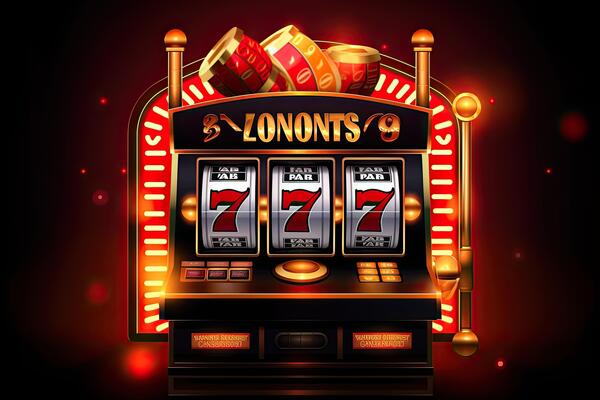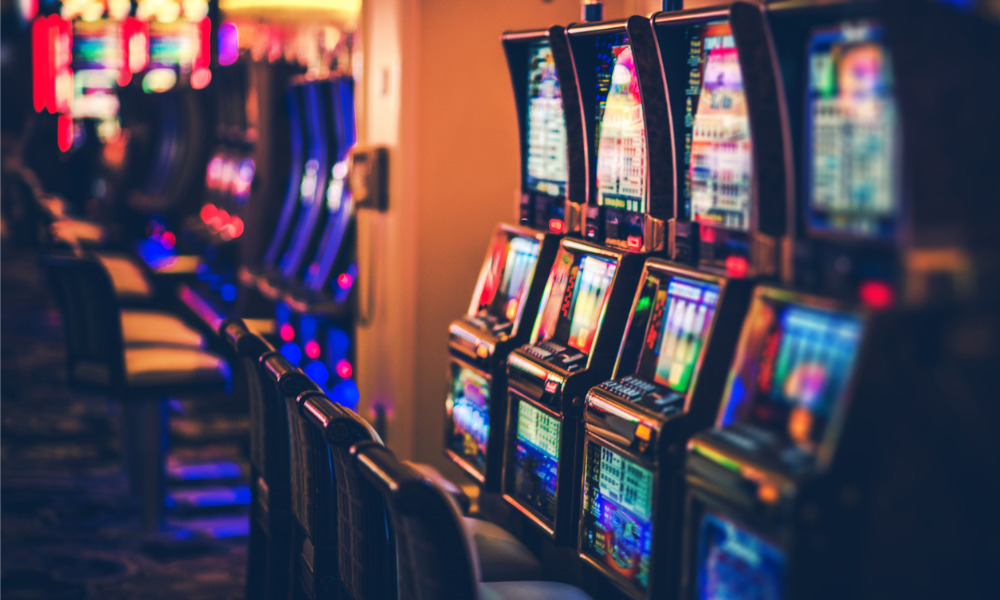The Science Behind Slot Game Engagement: What Keeps You Spinning?
Slot games are some of the most popular attractions in online casinos. With their vibrant visuals, exciting themes, and promises of big wins, it’s no wonder that players keep returning for more. However, there’s more to slot game engagement than meets the eye. The reasons behind why players continue spinning go beyond entertainment—they are deeply rooted in psychological and behavioral science. For platforms like bc game login, understanding what drives player engagement is key to delivering games that are both fun and highly immersive. Let’s explore the science behind what keeps you coming back for more spins.
The Role of Variable Rewards
One of the most significant factors driving slot game engagement is the concept of variable rewards. Unlike predictable rewards systems, where players know exactly what to expect, variable rewards offer a sense of randomness and surprise. Slot games are designed to pay out winnings unpredictably, which triggers a stronger emotional response. This unpredictability keeps players spinning the reels, hoping that the next spin might be the big win they’ve been waiting for.
The anticipation of a reward—whether it’s a jackpot or a small win—activates the brain’s dopamine system. Dopamine is the neurotransmitter associated with pleasure and reward, and it’s heavily involved in reinforcing behavior. When you experience a win, even a small one, dopamine is released, making you feel good and encouraging you to keep playing. The “near-miss” effect, where symbols almost align perfectly, also keeps dopamine levels elevated, making it difficult to step away from the game.
Visual and Auditory Stimulation
Slot games are carefully designed to be visually and aurally stimulating. Bright colors, flashing lights, and celebratory sound effects are all engineered to create a sensory experience that heightens engagement. Every time you hit a winning combination, the game rewards you with sounds of coins jingling or triumphant music, even if the win is relatively small. These elements combine to create a satisfying feedback loop that makes the gameplay more exciting and encourages continued play.
The use of colors and symbols also plays a critical role. Warm colors like red and gold are commonly used because they are associated with excitement and winning. Symbols like fruit, lucky sevens, and bars are not just nostalgic—they’re carefully chosen to evoke positive emotions. This combination of visual and auditory stimuli keeps your attention locked in, making it harder to stop spinning the reels.
The Power of Loss Aversion
Another psychological principle at play in slot games is loss aversion. This concept suggests that people feel the pain of losing more intensely than the joy of winning. Slot games tap into this by creating an environment where players feel compelled to keep playing in an attempt to avoid losses or recover from them. Even after a series of losses, the idea that the next spin could turn things around can keep you engaged, driven by the desire to “break even.”
Slot games often present near-miss scenarios, where it feels like you were just one symbol away from hitting the jackpot. These near misses trigger the brain’s reward system in much the same way as actual wins do, making players more likely to continue playing in the hopes of getting that elusive win. This mix of loss aversion and near misses can create a powerful psychological pull, keeping players in the game longer than they initially intended.

The Gamification of Slots
Modern slot games often incorporate elements of gamification to boost engagement. Features like leveling up, collecting items, or completing challenges add an extra layer of interactivity that goes beyond simply spinning the reels. For example, some games offer players the chance to unlock new themes, bonus rounds, or special symbols as they progress. This sense of achievement and progression taps into the human desire for accomplishment, making the experience more rewarding.
On platforms like bc game login, these gamified elements make slot games more than just games of chance—they become experiences where players feel a sense of control and progression, even in a game that is fundamentally based on randomness.
Instant Gratification and Accessibility
One of the most compelling aspects of slot games is their accessibility. Unlike other casino games that may require skill or strategy, slots are simple to understand and quick to play. The instant gratification that comes with each spin is a major factor in their appeal. Players can see the results of their actions almost immediately, and this fast feedback loop is highly addictive. The ease of access, especially on platforms like bc game login, allows players to jump in and start spinning anytime, anywhere, contributing to the continuous engagement.
How to Stay in Control
While slot games are designed to be engaging and entertaining, it’s important to play responsibly. Understanding the psychological factors at play can help you maintain a balanced approach to gaming. Setting limits on time and spending, taking regular breaks, and treating slots as a form of entertainment rather than a way to make money are key strategies for enjoying the experience without getting caught up in the emotional highs and lows.
Conclusion: The Science of Engagement
The science behind slot game engagement is a fascinating blend of psychology, design, and sensory stimulation. By leveraging variable rewards, visual and auditory cues, loss aversion, and gamification, developers create experiences that are hard to resist. For platforms like bc game login, understanding these dynamics allows them to offer slot games that are not only fun but also keep players coming back for more. However, with awareness of these factors, players can enjoy the thrill of the game while staying in control of their experience.







